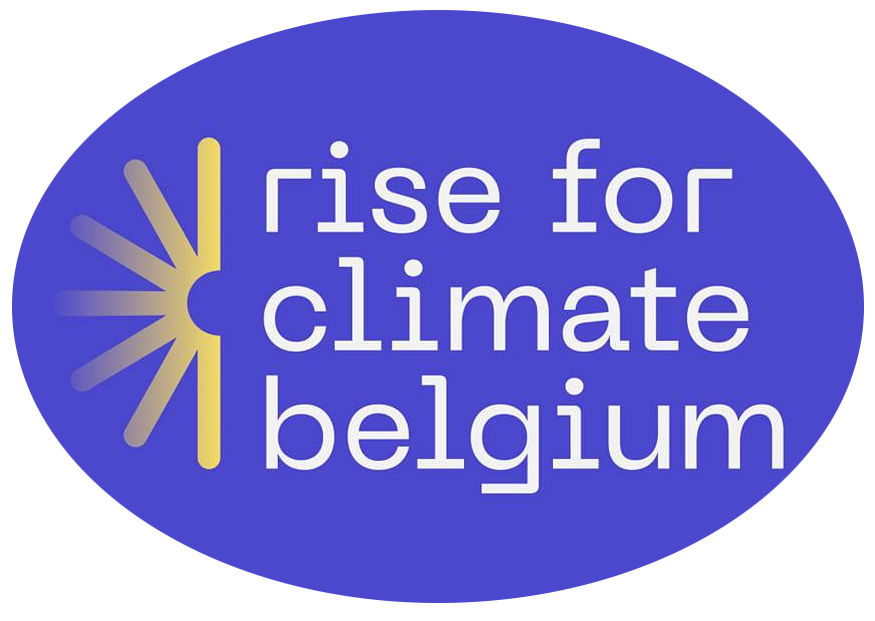Documentation
Les champs auteur(e)s & mots-clés sont cliquables. Pour revenir à la page, utilisez le bouton refresh ci-dessous.
filtre:
Rivers
2025
Le président nigérian Bola Tinubu a annoncé mercredi que l'Etat d'urgence, déclaré il ya six mois dans l'Etat riche en pétrole de Rivers (sud du Nigeria) en raison d'une crise politique, prendrait fin ce jour à minuit. La mesure permet le retour au pouvoir dès jeudi du gouverneur local civil Siminalayi Fubara. En mars, M. Tinubu a nommé le vice-amiral à la retraite Ibok-Ete Ibas pour administrer temporairement cet Etat, dans un contexte de luttes politiques internes depuis 2023 qui ont paralysé le pouvoir législatif local, ainsi que d'une série d'attaques contre les infrastructures pétrolières.
Identifying the socio-economic drivers behind greenhouse gas emissions is crucial to design mitigation policies. Existing studies predominantly analyze short-term CO2 emissions from fossil fuels, neglecting long-term trends and other GHGs. We examine the drivers of all greenhouse gas emissions between 1820–2050 globally and regionally. The Industrial Revolution triggered sustained emission growth worldwide—initially through fossil fuel use in industrialized economies but also as a result of agricultural expansion and deforestation. Globally, technological innovation and energy mix changes prevented 31 (17–42) Gt CO2e emissions over two centuries. Yet these gains were dwarfed by 81 (64–97) Gt CO2e resulting from economic expansion, with regional drivers diverging sharply: population growth dominated in Latin America and Sub-Saharan Africa, while rising affluence was the main driver of emissions elsewhere. Meeting climate targets now requires the carbon intensity of GDP to decline 3 times faster than the global
2024
These powerful ‘rivers in the sky’ provide a huge share of annual precipitation in many regions, including California. They can also melt sea ice, with global climate implications.
2023
A major concern for the world’s ecosystems is the possibility of collapse, where landscapes and the societies they support change abruptly. Accelerating stress levels, increasing frequencies of extreme events and strengthening intersystem connections suggest that conventional modelling approaches based on incremental changes in a single stress may provide poor estimates of the impact of climate and human activities on ecosystems. We conduct xperiments on four models that simulate abrupt changes in the Chilika lagoon fshery, the Easter Island community, forest dieback and lake water quality—representing ecosystems with a range of anthropogenic interactions. Collapses occur sooner under increasing levels of primary stress but additional stresses and/or the inclusion of noise in all four models bring the collapses substantially closer to today by ~38–81%. We discuss the implications for further research and the need for humanity to be vigilant for signs that ecosystems are degrading even more rapidly than previo
2022
Persistent heat extremes can have severe impacts on ecosystems and societies, including excess mortality, wildfires, and harvest failures. Here we identify Europe as a heatwave hotspot, exhibiting upward trends that are three-to-four times faster compared to the rest of the northern midlatitudes over the past 42 years. This accelerated trend is linked to atmospheric dynamical changes via an increase in the frequency and persistence of double jet stream states over Eurasia. We find that double jet occurrences are particularly important for western European heatwaves, explaining up to 35% of temperature variability. The upward trend in the persistence of double jet events explains almost all of the accelerated heatwave trend in western Europe, and about 30% of it over the extended European region. Those findings provide evidence that in addition to thermodynamical drivers, atmospheric dynamical changes have contributed to the increased rate of European heatwaves, with implications for risk management and potent
2021
Des millions d’années d’évolution ont doté les oiseaux d’une multitude d’instincts solides. Ils ont maîtrisé l’art du vol, et de nombreuses espèces parcourent des milliers de kilomètres lorsque les saisons changent, retournant infailliblement, encore et encore, dans un refuge lointain où le contexte climatique est serein. Mais plus que tout, les oiseaux savent qu’il ne faut pas chier dans leur propre nid. C’est un instinct que le président des Etats-Unis n’a pas encore développé. Et le monde entier pourrait en payer le prix fort.
As floods increase in frequency and intensity, chemicals buried in river sediments become “ticking time bombs” waiting to activate.
Around the world, activists are pushing to protect their rivers by giving them legal personhood. Is this just symbolism, or can it drive lasting environmental change?
More than half the world’s rivers stop flowing for at least one day per year, according to the first detailed global map of river flow. More rivers than that are expected to run dry if climate change and water management issues aren’t addressed.
abs_empty
Since the turn of the millennium, the world has been losing around 5 million hectares of forest every year. Nearly all of this occurs in the tropics; almost half of all deforestation takes place in Brazil and Indonesia. Three-quarters is driven by agriculture. Beef production is responsible for 41% of deforestation; palm oil and soybeans account for another 18%; and logging for paper and wood across the tropics, another 13%. These industries are also dominant in a few key countries.
Meet the 1.5°C target. “It’s still possible,if only we have the political will”. But what is the extent of our political will, and more importantly, what are the deeper social dynamics driving it? Is it not only possible, but in fact plausible that we will reach deep decarbonisation by 2050 and meet the target? is there enough societal momentum and political will to make that future materialise ?
![]()




